For over 60 years now rockets using highly combustible chemicals have dominated space exploration. Starting with the launch of Sputnik 1 on the USSR’s R-7 rocket to the latest Space X Falcon 9 reusable rocket virtually every rocket used to get into space or to travel to other planets has been a chemical rocket.
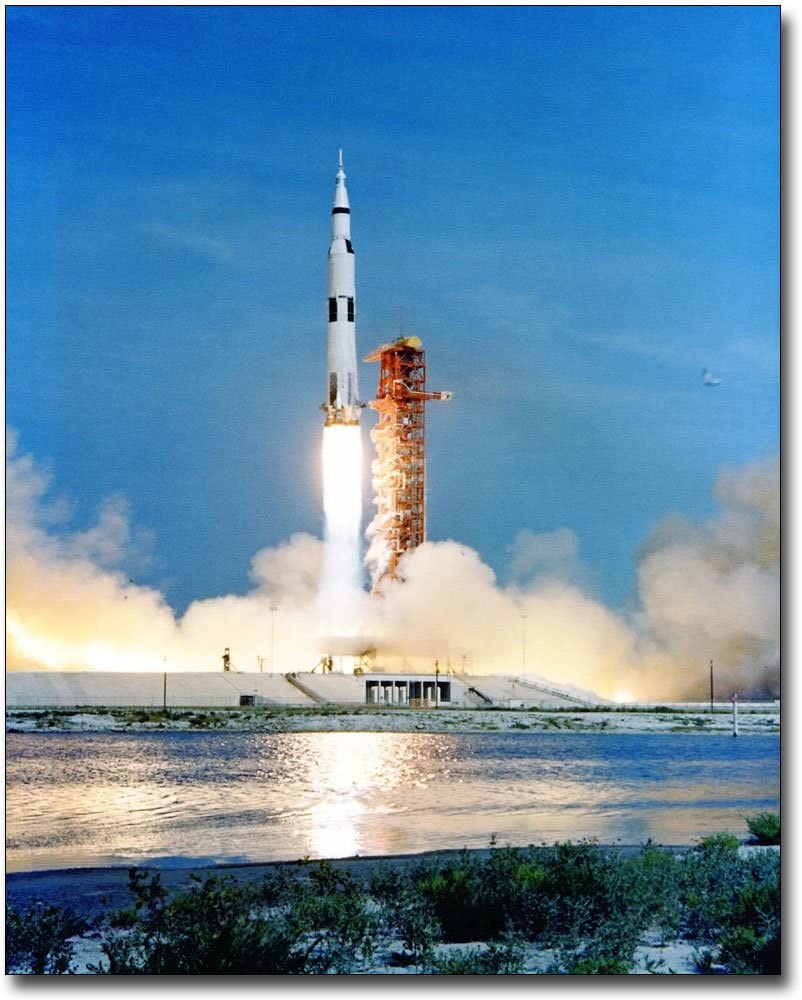
That’s one of the reasons why human beings haven’t gone any further than the Moon and even our robotic probes take years to get to the other planets. You see chemical fuels simply aren’t very powerful; to be specific the exhaust velocities possible with chemical fuels are completely inadequate if you want to achieve the velocities needed for space travel.
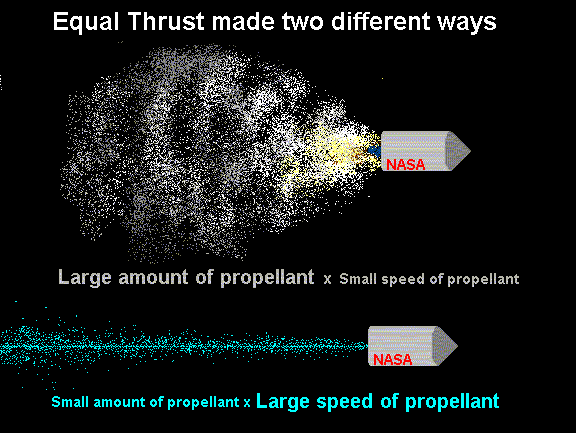
Let’s first consider a few facts. First, the velocity needed to just get into Earth orbit, is 7.9 kilometers per second while the absolute best known exhaust velocity for a chemical reaction, which is oxygen and hydrogen, is only about 4.5 kilometers per second.
The low exhaust velocities possible with chemical fuels are the reason that most rockets are little more than big bags of fuel and most space launch systems use a multistage approach to getting into space, throwing away 90% of the rocket, along with burning all that fuel, just to get a small payload into space!

Rocket engineers have known about this problem since before the beginning of the space age. They also knew that in order to achieve the very highest exhaust velocities some form of electric propulsion, more commonly called Ion propulsion, would be needed.
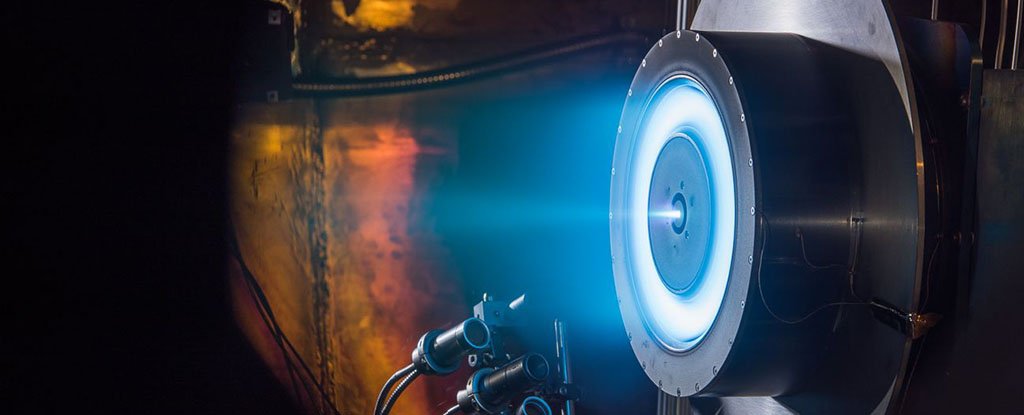
The main principles behind ion rockets are pretty simple. You take a normal, electrically neutral atom and strip off one or more of its electrons by means of an electric discharge. This leaves the atom as a positively charged ion. This ion can then be accelerated to very a very high velocity by placing it in a voltage field, the ion will be repelled by the positive voltage and attracted by the negative voltage, opposites attract after all. Once the ion has acquired the desired velocity it is directed out the back of your rocket generating a tiny thrust pushing you forward. Obviously the more atoms you fire out the back the greater the thrust generated.
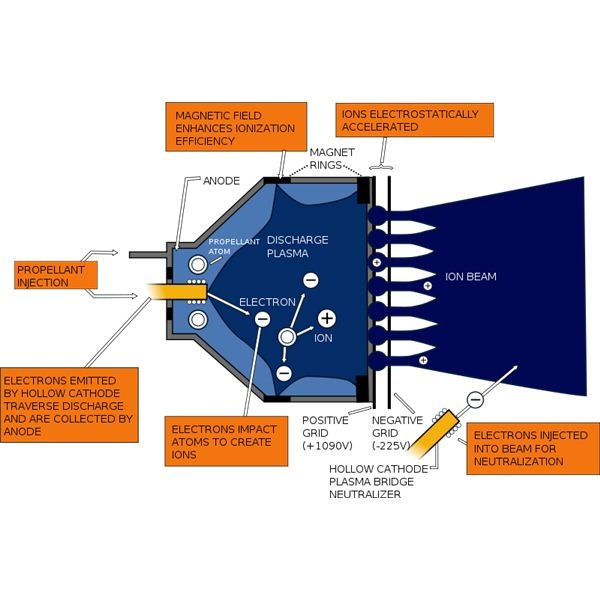
If this technology reminds you of the particle accelerators / atom smashers that physicists use to experiment with elementary particles you’re not far off. Ion rocket engines are in fact particle accelerators that, instead of smashing atoms into each other, use those accelerated atoms as propellant. Because of this similarity however, the potential exhaust velocity for an ion rocket is literally within a fraction of the speed of light.

One problem with ion rocket engines right at the start, those electrons you stripped off of the ions. Well if you don’t somehow get them back on the ions before they are fired out of the back your rocket will quickly build up a huge negative charge that will just screw everything up! Because of this fact ion engines are designed with a final, negatively charged grid or electron gun so that the ions regain their electrons.
A second, rather larger problem is that unlike chemical rockets that produce an enormous amount of thrust for a few minutes, the Saturn V produced over 34 million Newtons of thrust, an ion rocket produces only a tiny amount of thrust, but they can continue to do so for years, eventually producing a far greater total push. The reason for this difference is that the electric power needed to ionize and then accelerate the propellant’s atoms is so large that only a tiny amount of fuel can be consumed per second.
This low thrust makes ion rockets unsuitable for lunching from Earth’s surface, since you need to have enough thrust to overcome a rocket’s weight before it will even start to move. However it makes them excellent choices for robotic missions to other planets and several such ion powered missions have already flown.
The first demonstration of an ion rocket engine in Earth orbit took place on the Space Electric Rocket Test (SERT 2) launched in February of 1970. The two ion engines on board only produced 0.027N of thrust each but they managed to achieve a propellant exhaust velocity of more than 22 kilometers per second, nearly five times that of the best chemical fuels. The SERT 2 test vehicle also demonstrated the ability of ion rockets to work for long periods of time as one engine fired continuously for five months and the second for three before electrical problems caused them to fail.
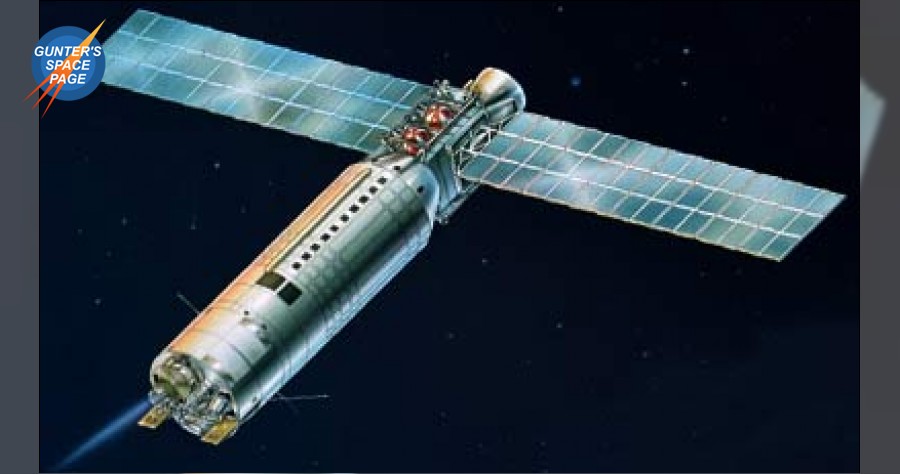
The most successful use of ion rockets to date is probably NASA’s Dawn mission. Dawn was the first man made object to orbit two astronomical objects other than the Earth, the dwarf planet Ceres and the asteroid Vega. This space age first was only possible because of Dawn’s ion propulsion engine, which only provided a thrust of 90 mN but which operated throughout the mission, a total of 5.9 years. Just imagine a rocket engine firing for 5.9 years!

NASA’s future plans include increasing use of ion rockets for interplanetary missions. To that end it has been funding the Advanced Electric Propulsion System (AEPS) a 50 kW ion rocket that is currently under development at the Glenn Research Center and Aerojet Rocketdyne. The design goals of this program include a nominal thrust of 1.77N for a full life of 50,000 hours, that’s 5.7 years! Testing is now underway with a possible first mission on NASA’s Deep Space Gateway in Lunar Orbit. (See my posts of 24 March 2018 and 29 May 2019 for more information about the Deep Space Gateway) Despite all of this progress it could be a considerable amount of time before ion engines are used to propel a manned mission to another planet. Nevertheless the enormous advantages inherent in the almost limitless exhaust velocity ion engines provide all but assures that they will be playing an important role in humanity’s future exploration of the Solar system.
